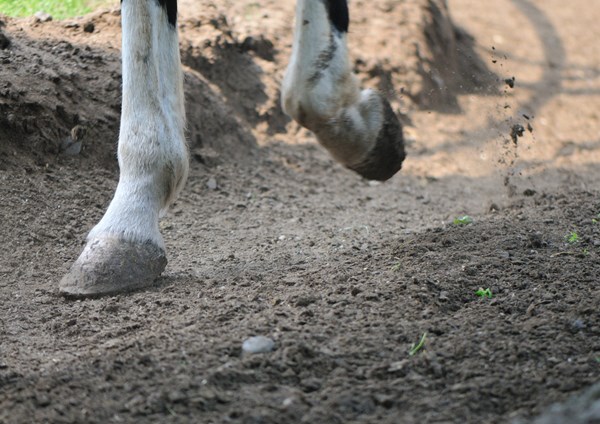Editor’s note: Each year, the American Association of Equine Practitioners (AAEP) Convention brings forward cutting-edge scientific topics. This venue provides excellent continuing education for equine practitioners from around the world, giving insights into state-of-the-art medical, surgical and business strategies. At the 2016 Convention in Orlando, Florida, interesting papers were presented at the Kester News Hour. Many of the papers discussed have practical implications for common problems in equine medicine and surgery. In addition, this information can help provide practitioners with material to educate clients in the best health care for their horses. We will cover four of these topics in separate articles on EquiManagement.com.
 Credit: Thinkstock The study objective was to achieve an improvement in clinical lameness scores of at least two grades by three weeks following treatment.
Credit: Thinkstock The study objective was to achieve an improvement in clinical lameness scores of at least two grades by three weeks following treatment.Intra-articular Treatment Comparing Triamcinolone with and without Hyaluronate
Joint injections form a considerable part of equine practice strategies, especially for those involved with lameness management. Previous studies have demonstrated the efficacy and safety of using triamcinolone (TA) in joints. Often, hyaluronic acid (HA) is included in a joint injection with TA. This study (deBrauw, J.C.; Visser-Meijer, M.C.; Lashley, F.; Meeus, P.; van Weere, .PR. Intra-articular treatment with triamcinolone compared with triamcinolone with hyaluronate: A randomised open-label multicentre clinical trial in 80 lame horses. Equine Vet J. 2016 Mar;48(2):152-8) sought to compare the use of TA (12 mg) with and without HA (20 mg). Eighty Grade 2 or greater (on the AAEP scale) lame horses, 90% of which were diagnosed via intra-articular anesthesia, were used in the study. The joints evaluated were mostly the coffin joint and fetlock, but no hock joints.
The objective was to achieve an improvement in clinical lameness scores of at least two grades by three weeks following treatment. At three weeks post treatment, 87.8% of those receiving only TA showed improvement whereas 64.1% of those receiving both TA/HA had improved. Horses older than 13 years treated with the combination TA/HA experienced less success. At three months, both groups similarly returned to 50% of their previous level of exercise. The study concluded that the combination treatment results in a lower short-term clinical success compared to those treated only with TA, but in the medium term, the outcome is similar whether using TA alone or in combination with HA.
The Take Home
Common medical conditions seen by equine practitioners continue to be researched for better approaches and solutions. Having this knowledge in hand enables veterinarians to keep abreast of cutting-edge advances. Clients benefitting from this information will be better served, hopefully with improved outcomes for their equine partners. Client satisfaction from favorable outcomes is not only gratifying to the practitioner but it also inspires loyalty to your practice.








